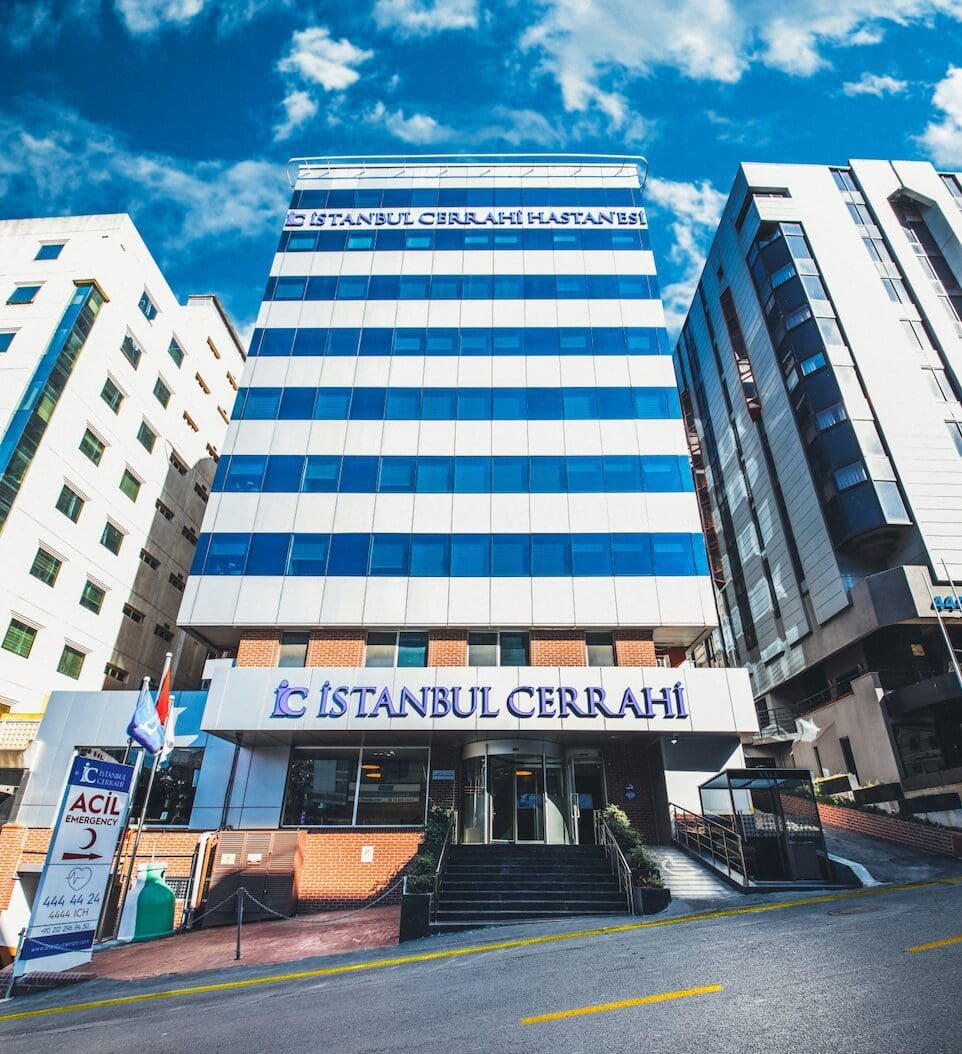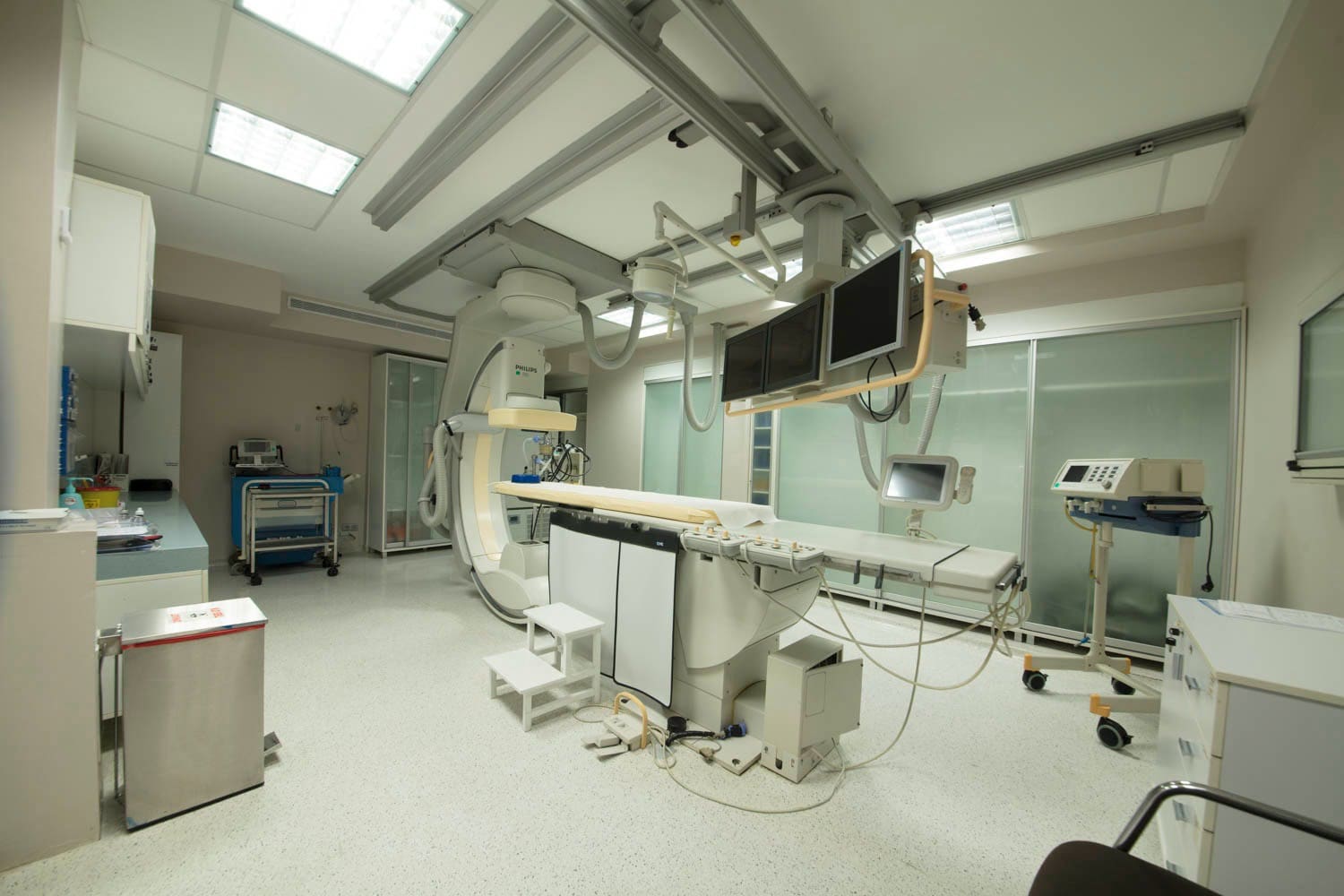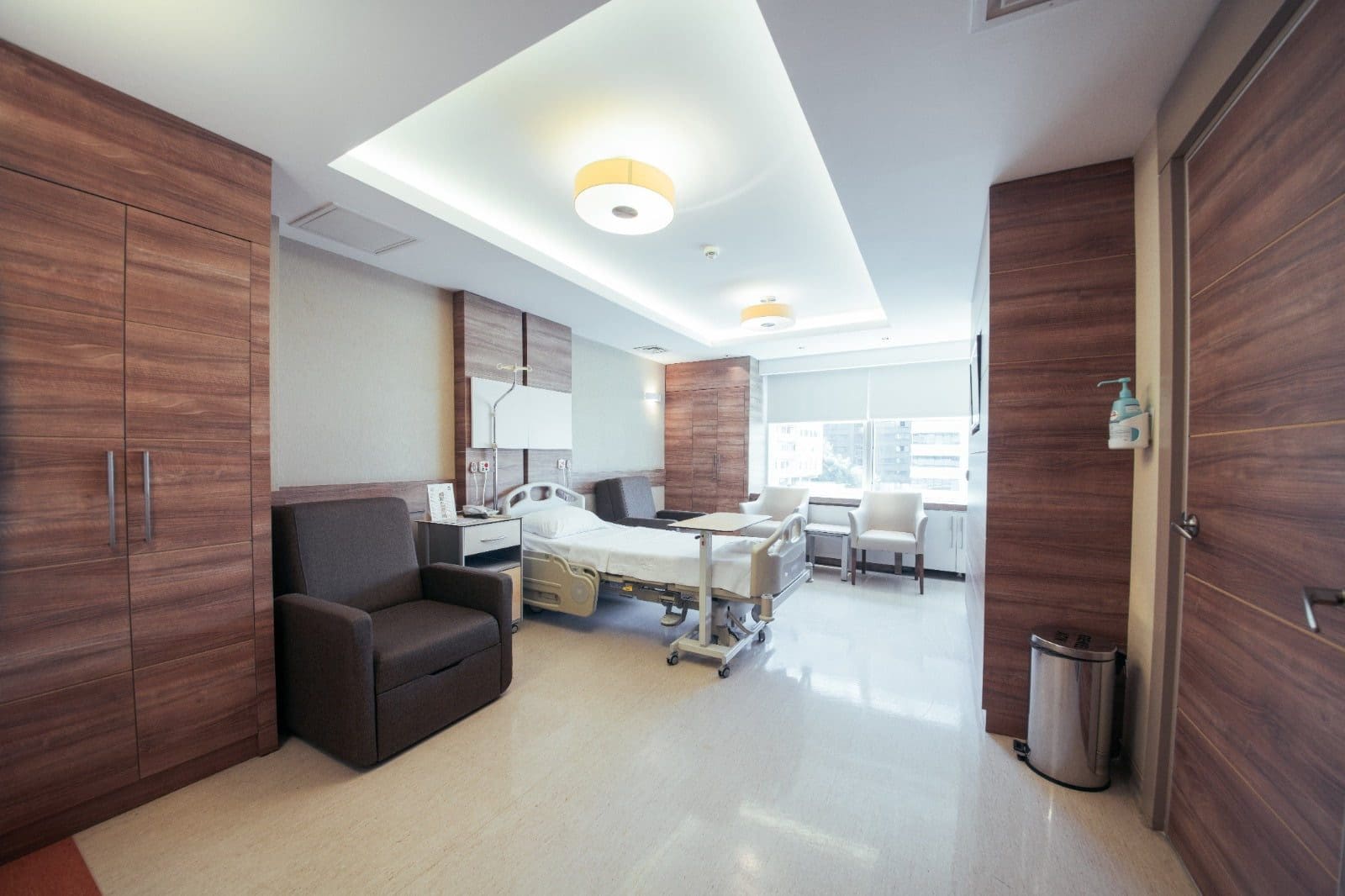İstanbul Cerrahi Hastanesi was founded in 1998. High quality service, multidisciplinary medical staff, competent doctors, technological infrastructure, VIP service 24/7, individual approach to each patient. The clinic is located in the very center of Istanbul
Clinic İstanbul Cerrahi Hastanesi
About the clinic
Why us?
Istanbul Cerrahi Hastanesi is one of the leading medical institutions in Turkey. The clinic is equipped with the latest medical technologies and innovative equipment. Istanbul Cerrahi Hastanesi is constantly developing and modernizing. Experienced medical staff works here: professors, associate professors, doctors, who monitor medical innovations, improve their qualifications and apply the most effective and safe methods in practice. 78 beds are provided for inpatient treatment and diagnostic services. Six operating rooms have modern equipment with the ability to perform minimally invasive surgical interventions. Diagnostic equipment guarantees accurate research, the ability to obtain three-dimensional images.
Areas of Expertise
Obesity is one of the biggest health problems worldwide. In many scientific studies, obesity has been shown to be the most important cause of many diseases that increase mortality and morbidity. The most commonly used method of measuring obesity is BMI (body mass index). This is a value obtained by dividing the weight by the square of the height. The main goal of obesity surgery is to prevent the development of diseases caused by obesity (DM, cardiovascular diseases, sleep apnea syndrome, etc.), as well as to reduce body weight. Factors causing obesity: genetic predisposition, endocrine and metabolic diseases, quality of life. In fact, if the amount of energy entering the body exceeds the amount of energy burned, this causes obesity. About 1.7 billion people worldwide are overweight. In recent years, obesity surgery has been widely used in the world. The first effective bariatric surgery was performed in the USA in 1954 by Kremen and Linner (jejunal bypass). The surgeries are divided into:
- Restrictive surgery (adjustable gastric banding, sleeve gastrectomy)
- Surgeries that interfere with the absorption of nutrients
- Restrictive and absorptive combined surgeries (duodenal switch, SADI-S)
WHO NEEDS SURGICAL TREATMENT? When selecting patients suitable for surgery, specialists make a decision according to the following criteria.
- Those with a body mass index above 40 or between 35-40 and having a concomitant disease (hypertension, diabetes, sleep apnea, arthritis)
- Obesity for at least 3 years
- Absence of hormonal diseases (hypothyroidism, adrenal diseases)
- Inability to lose weight for at least 1 year, despite medication and diet therapy.
- Not dependent on alcohol or drugs
- The patient must understand the method used and be able to adapt after the operation.
Non-surgical procedures
In the treatment of obesity, there are endoscopic procedures as well as surgical procedures. Among them, the most commonly used is the intragastric balloon (gastric balloon).
• It can be used by anyone who tolerates endoscopy.
• It can be used by patients who cannot tolerate surgery, patients who do not have a hernia of the esophageal opening of the diaphragm greater than 3 cm (gastric hernia) and stomach ulcers, as well as people who have had stomach surgery in the past, people who do not have alcohol or drug addiction.
The procedure is performed in the endoscopy department for 15-20 minutes under sedoanalgesia. Patients stay in the hospital for 1 day and are provided with nutrition in the early postoperative period.
With the newly developed adjustable gastric balloon system, the patient has the opportunity to stay with it for a year. With the help of appropriate diet and exercise, a person can lose 30-50 kg in 1 year. The balloon can be inflated using the adjustment system, thereby ensuring weight loss. All manipulations are performed STRICTLY UNDER THE CONTROL OF A DOCTOR!
BARIATRIC SURGERY Bariatrics is a field that deals with the causes, prevention and treatment of obesity. Bariatric surgery is minimally invasive surgery on the stomach and intestines aimed at treating obesity, metabolic disorders, and type II diabetes. Bariatric surgery has become more popular with the development of safe laparoscopic approaches.
Types of bariatric surgeries:
- Gastric bypass – usually performed laparoscopically. A small portion of the proximal stomach is separated from the rest, creating a gastric pouch with a capacity of <30 ml. In addition, food bypasses part of the stomach and goes to the small intestine, reducing the amount of food and, therefore, calories absorbed. The pouch is connected to the proximal small intestine, the narrow opening between them limits the rate of stomach emptying. Gastric bypass is particularly effective in the treatment of diabetes (remission rates reach 62% within 6 years after surgery). Bypass is also known to reduce the risk of obesity-related diseases, including cardiovascular disease, diabetes, and cancer. In patients who have undergone bypass, eating foods high in fat and sugar can cause dumping syndrome, which can include dizziness, sweating, nausea, as well as abdominal pain and diarrhea. Dumping syndrome may discourage the consumption of such foods due to undesirable consequences.
- Sleeve gastrectomy – this procedure causes significant and sustained weight loss and is used as a radical treatment for severe obesity. Part of the stomach is removed, creating a gastric canal. This procedure does not involve anatomical changes in the small intestine. The average excess weight loss is usually greater than with adjustable gastric banding. The most serious complication is gastric acid leakage at the incision line, which accounts for 1 to 3% of complications.
- Adjustable gastric banding – a band is placed around the upper part of the stomach to divide the stomach into two parts: a small upper pouch and a larger lower pouch. Typically, the band is adjusted 4 to 6 times by injecting saline into the area through a port placed subcutaneously. After the saline is injected, the band increases in size, restricting the upper pouch of the stomach. As a result, the pouch can hold significantly less food, patients eat more slowly, and the feeling of satiety comes earlier. This procedure is usually performed laparoscopically. The saline solution can be removed from the bandage if complications arise or if excessive pressure from the bandage is observed.
There are two types of plastic surgery: reconstructive and aesthetic. Both types are aimed at optimizing the functional component of the body and the patient’s appearance (regardless of the cause of the problem).
Reconstructive surgery is performed in the presence of structural anomalies of the body: congenital defect, injury, tumor, disease, etc. It is performed in case of problems with a certain part of the patient’s body and is aimed at ensuring that the person can lead a full and comfortable life after correction. As a rule, reconstructive surgery is considered necessary primarily from a medical point of view.
Aesthetic surgery is performed to improve the appearance by changing the shape or abnormal anatomy of a part of the human body, giving it a more attractive and perfect appearance.
Istanbul Cerrahi (İstanbul Cerrahi Hastanesi) with many years of practice and highly qualified specialists provides plastic reconstructive and aesthetic surgery services:
- breast surgery – breast reduction, breast augmentation with implants, breast lift, nipple and areola reconstruction
- facial surgery – facelift, blepharoplasty, rhinoplasty, otoplasty
- body plastic surgery – abdominoplasty, liposuction, leg and arm lifts
The main goal of the team of specialists is to improve the health and quality of life of patients.
Hair transplantation is a surgical procedure that helps solve the problem of baldness, thinning hair or poor hair growth. Up to 85% of men and women suffer from some form of alopecia. Hair transplantation for women with baldness is indicated in about 30% of cases, while hair transplantation for men is the only treatment option in 90% of cases.
Alopecia is a pathological condition that involves hair loss from any part of the body or head. Alopecia in both women and men is divided into cicatricial alopecia (due to scarring, such as after a burn or surgery) and non-scarring. Non-scarring alopecia has several types:
- androgenetic alopecia (or, as it is often called, androgenic alopecia) – associated with the male hormone dihydrotestosterone, as a result of hormonal imbalance
- mechanical (traction) – the cause is frequent traumatic impact on the follicle (improper combing, tight hairstyles, etc.)
focal (nested) – hair loss in the form of isolated areas - diffuse – the skin loses hair evenly over the entire surface
Unfortunately, not all types of baldness are reversible. Hair transplantation is mainly indicated for secondary cicatricial, traction and androgenetic alopecia. In addition, for aesthetic purposes, hair transplant surgery is performed to correct the hairline, eyebrow transplantation, mask scars and scars along the hairline, and beard and moustache transplantation is also in demand. Istanbul Cerrahi (İstanbul Cerrahi Hastanesi) uses the most modern hair transplant methods

Clinic doctors













